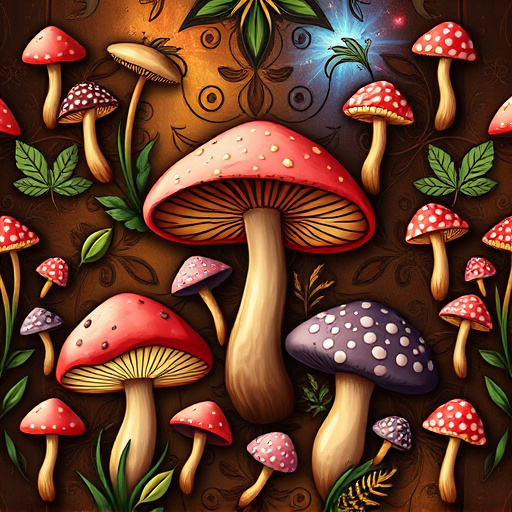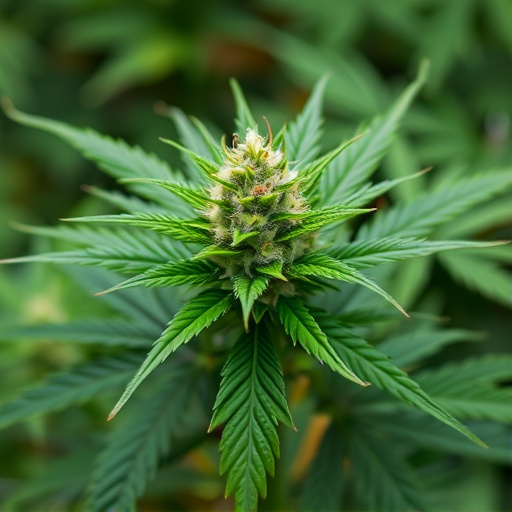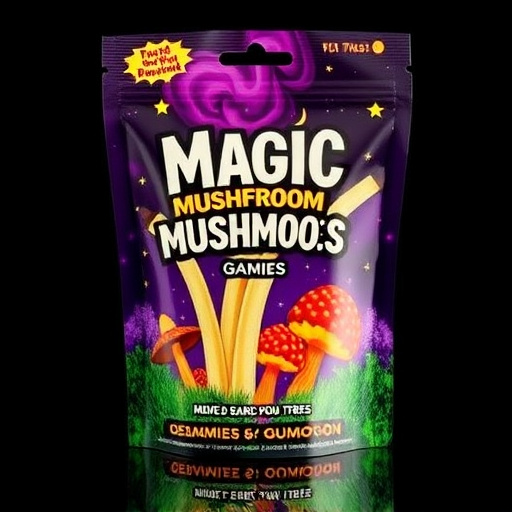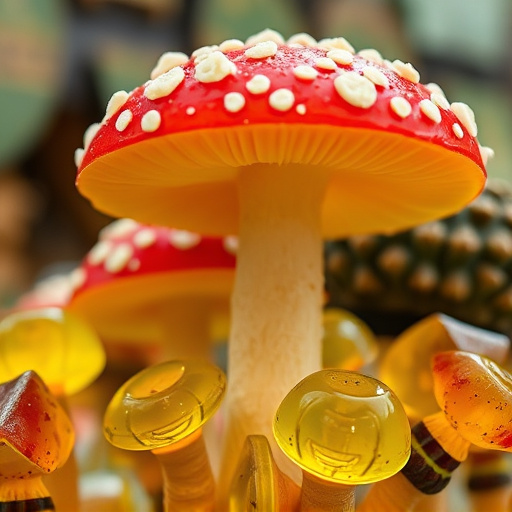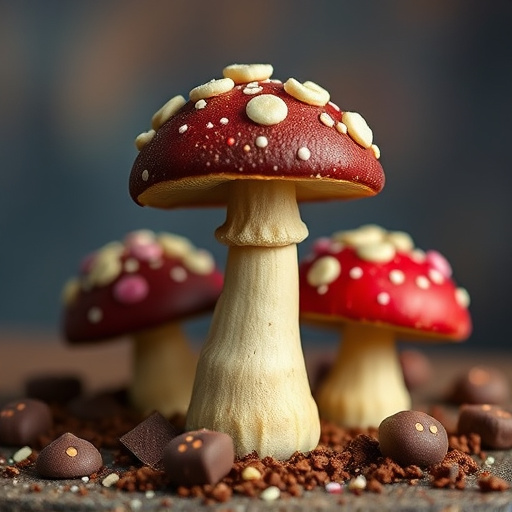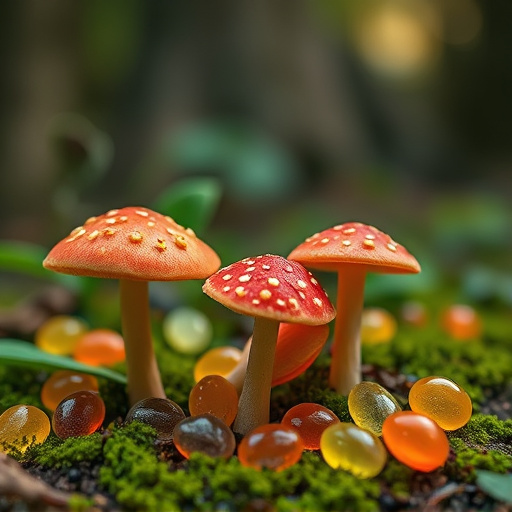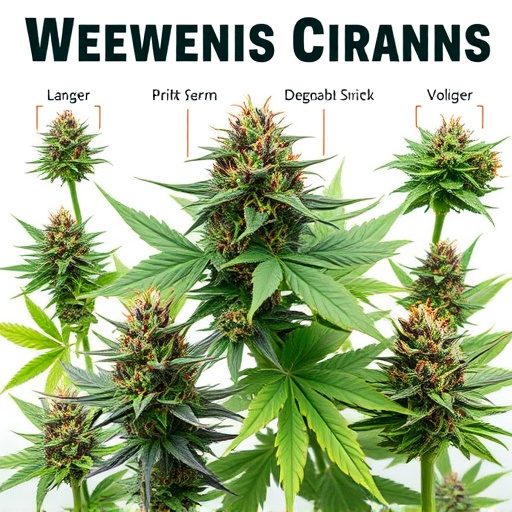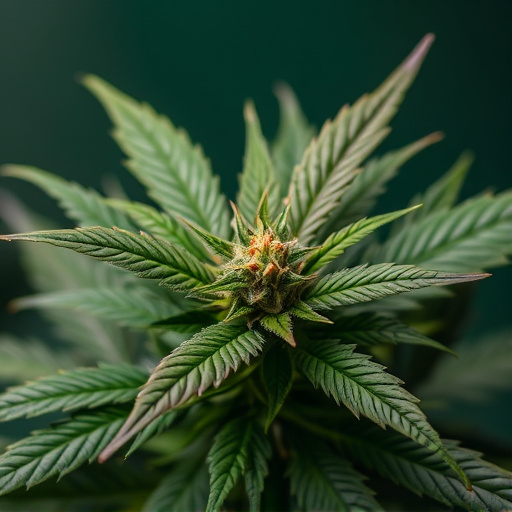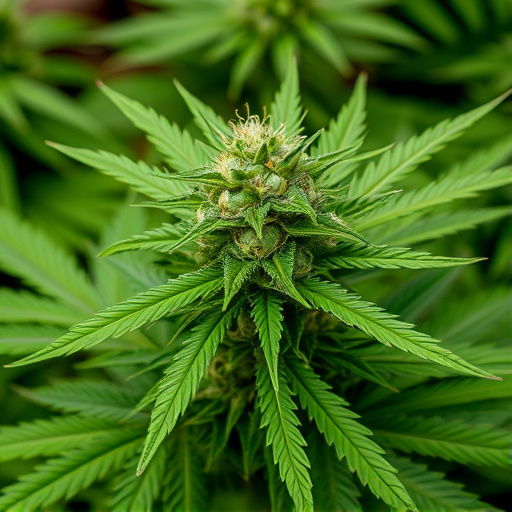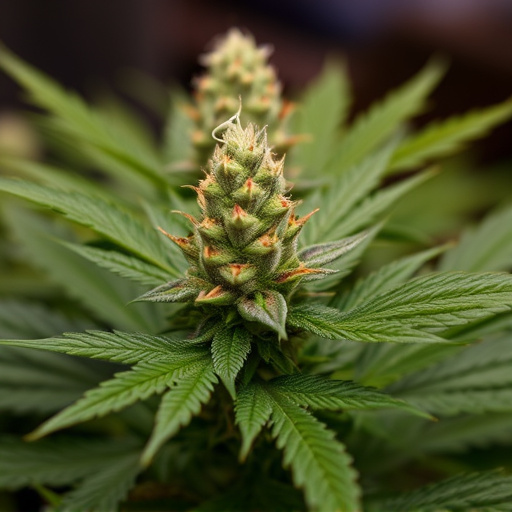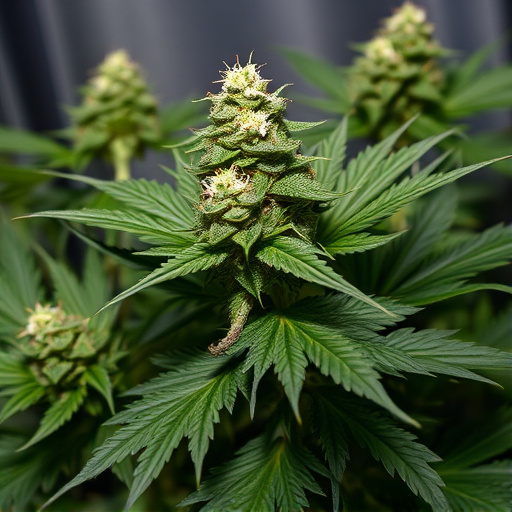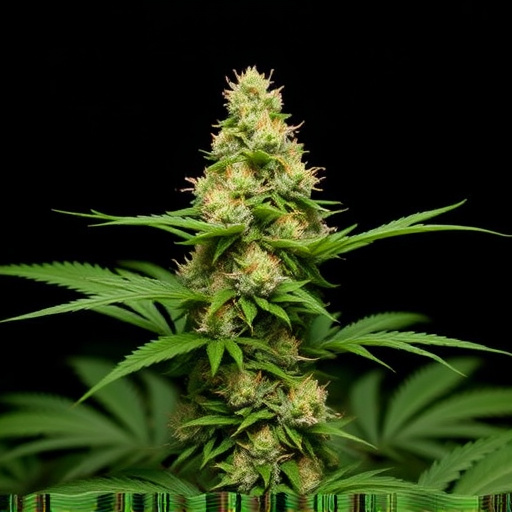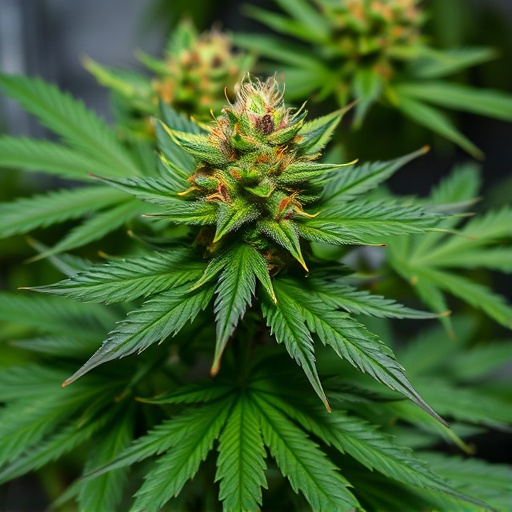The unique scent of skunk in certain medical marihuana strains is primarily attributed to terpene profiles, with myrcene contributing earthy and musky notes. Terpene concentrations and types vary widely between strains, affecting flavor, aroma, and potential therapeutic effects. Cultivators can leverage this chemical interplay to create desirable aromas, catering to consumers' sensory preferences in medical marihuana strains.
Cannabis enthusiasts often debate the varying scents of different strains, with some notably smelling skunkier than others. This intriguing difference can be attributed to a complex interplay of chemical composition, genetic background, and cultivation techniques. In this article, we explore why some medical marijuana strains exhibit a more pungent, skunk-like aroma, delving into the science behind terpenes, breeding practices, and environmental factors that shape these distinctive scents.
- Chemical Composition and Terpene Profile
- – The role of terpenes in cannabis aroma
- – Specific terpenes associated with skunkiness (e.g., myrcene)
Chemical Composition and Terpene Profile
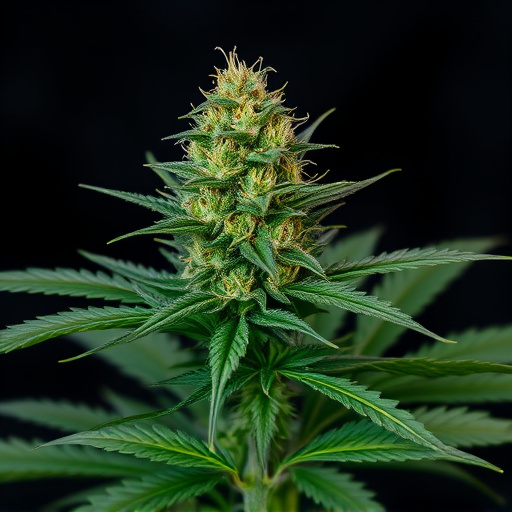
The unique scent of skunk in certain cannabis strains is largely attributed to their chemical composition and terpene profile. Terpenes are aromatic compounds that occur naturally in many plants, including cannabis. Each strain boasts a distinct terpene makeup, contributing significantly to its individual flavor and aroma profiles. For instance, myrcene, one of the most prevalent terpenes in cannabis, often imparts earthy, musky, or even skunk-like notes.
The concentration and specific types of terpenes can vary widely between medical marihuana strains. Higher levels of myrcene, when combined with other terpenes like limonene and pinene, may result in a more pronounced skunkiness. Understanding this chemical interplay is essential for cultivators aiming to create desirable aromas and provide consumers with the desired sensory experience.
– The role of terpenes in cannabis aroma
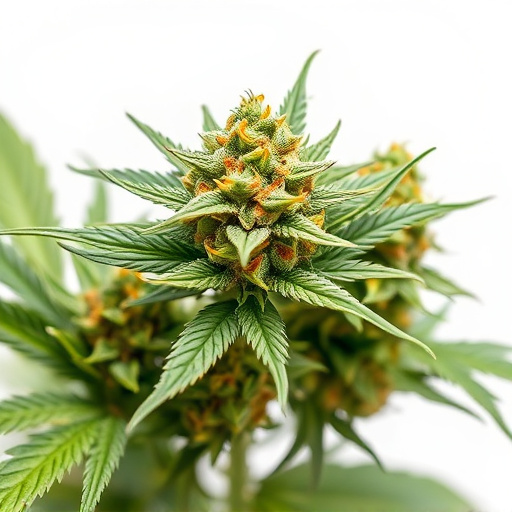
Cannabis aromas are a complex mix of compounds, but terpenes play a pivotal role in shaping the scent we associate with different strains. These aromatic molecules, naturally present in many plants, contribute significantly to the unique character of medical marihuana strains. Terpenes not only influence odor but also interact with cannabinoids, potentially enhancing or modifying their effects. For instance, myrcene, a common terpene found in skunk-like strains, is known for its earthy, musky scent and has been linked to sedative and anti-inflammatory properties. Other terpenes like limonene offer citrusy notes, while linalool provides floral hints, each contributing to the diverse aromas we experience across various medical marihuana strains.
– Specific terpenes associated with skunkiness (e.g., myrcene)

The distinctive skunk-like aroma often associated with cannabis is primarily attributed to specific terpenes, particularly myrcene. This terpene is known for its earthy and musky scent, which can be dominant in certain strains. Myrcene is one of the most abundant terpenes found in cannabis, contributing significantly to the overall flavor profile. Strains high in myrcene are often described as having a pungent and skunk-like characteristic, making them recognizable even for novice users.
In the world of medical marihuana strains, breeders have been selective in cultivating varieties with desirable terpene profiles. While myrcene is prevalent in many cannabis types, some strains boast higher concentrations, enhancing their skunkiness. These terpenes not only influence the scent but also play a role in modulating the effects of THC, creating unique experiences for consumers seeking specific sensations or therapeutic benefits.
The distinct skunk-like aroma in certain cannabis strains is primarily attributed to a combination of chemical compounds, notably terpenes like myrcene. These aromatic molecules not only contribute to the unique scent but also play a significant role in shaping the overall experience and potential therapeutic effects of medical marihuana strains. By understanding the terpene profile, cultivators can craft varieties with more desirable aromas while meeting the diverse preferences of consumers.
